
Can You Put an e bike on a Sedan
The ebike revolution has brought forth a diverse range of electric bicycles, from compact folded models to rugged electric mountain bikes (EMTBs) and heavy-duty utility ebikes. This variety, while offering tailored solutions for different riding needs, poses a unique challenge: how to transport them on a standard sedan.
Whether you're planning a mountain biking adventure, a city escape with your folding ebike, or need to transport a heavy cargo ebike for repairs, understanding the nuances of sedan transport is crucial.
We aims to explore the various methods and considerations for transporting these diverse ebike types, ensuring you can bring your ride along safely and efficiently. Transporting diverse ebikes on sedans requires tailored solutions, prioritizing safety and equipment compatibility.

Understanding Diverse Ebike Challenges
Folded Ebikes: While designed for portability, folded ebikes still vary significantly in size and weight. Even when folded, they can be bulky, and delicate components like displays and gears require careful handling during transport. Optimizing trunk space becomes a puzzle, and potential damage from shifting items is a concern.
EMTB (Electric Mountain Bikes): EMTBs present unique challenges due to their bulkier frames, wide handlebars, and complex suspension systems. Their weight distribution is often uneven, making them difficult to secure on roof or trunk racks. Additionally, the potential for dirt and mud transfer to the sedan's interior or exterior is a significant consideration.
Heavier Utility/Cargo Ebikes: These ebikes, designed for carrying heavy loads, pose the most significant weight challenge. Their robust frames require stable mounting points, and their substantial weight can strain a sedan's suspension and carrying capacity.
Sedan Limitations: Sedans have inherent limitations regarding trunk space, roof weight capacity, and hitch receiver ratings. Exceeding these limits can lead to damage to the vehicle's structure or paint. The added weight and wind resistance from larger ebikes can also negatively impact the sedan's handling and fuel efficiency.
Legal/Safety: Regulations regarding protruding loads become particularly relevant with wider EMTB handlebars or longer cargo ebikes. Increased wind resistance from large ebikes mounted on roof or hitch racks can affect the sedan's stability, especially at highway speeds.
Tailored Transport Methods
Trunk Solutions:
For folded ebikes, strategic packing is essential to maximize trunk space and prevent damage. Using protective covers and securing loose components is crucial.
EMTB transport in a trunk may necessitate significant disassembly, such as removing wheels and handlebars. This process can be time-consuming and risks damaging sensitive components.
Heavier ebikes are generally not suitable for trunk transport due to their weight and size.

Roof Rack Options:
EMTB compatibility requires specialized roof racks with wheel trays and frame clamps designed for their unique geometry.
Lifting a heavier electric bike onto a roof rack can be hazardous and may require two people or specialized lifting equipment. Wind resistance from larger ebikes can significantly impact the sedan's stability.
Hitch-Mounted Racks (Preferred Method):
Hitch-mounted racks offer the most stable and convenient solution for transporting diverse ebikes. Ensuring the rack's weight rating matches the e bike's weight is crucial.
Platform-style racks are generally preferred for EMTBs and heavier ebikes, as they provide a stable base and prevent frame damage. Hanging racks may be suitable for lighter folded ebikes.
This method is the best method as it also saves the paint of the car, and is the most stable.
Trunk-Mounted Rack Limitations:
Trunk-mounted racks pose a significant risk of paint damage, especially with the weight of EMTBs or heavier e-bikes.
Stability concerns are amplified with diverse ebike shapes and sizes, making them less suitable for rugged or heavy models.
Equipment Selection and Customization
Rack Compatibility: When selecting a rack, consider the ebike's weight, frame geometry, and wheel size. Adjustable features are essential for accommodating diverse ebike types. Heavy-duty straps and tie-downs are crucial for securing heavier ebikes.
Protective Measures: Padding and covers can protect sensitive EMTB components from damage during transport. Weatherproofing is essential for protecting the electronics of heavier utility ebikes from the elements. Protecting the sedan's paint from dirt and scratches is also a priority.
Hitch Receiver Considerations: Heavier ebikes may require a Class III or higher hitch receiver. Professional installation is recommended to ensure safety and proper weight distribution.
Safety and Best Practices
Loading/Securing: Pay close attention to weight distribution when loading diverse ebike types. Check and recheck straps and connections regularly, especially during long trips. Adjust driving habits to account for increased wind resistance and weight.
Maintenance: Inspect the rack and ebike after transport, especially after transporting EMTBs through muddy conditions. Regularly check the sedan's suspension for signs of strain after transporting heavy ebikes.
Transporting diverse ebike types on a sedan is achievable with careful planning and the right equipment. Tailoring transport solutions to the specific characteristics of each ebike type is essential for safety and efficiency. Prioritize compatibility, safety, and responsible transportation practices to ensure a smooth and worry-free journey. By making informed choices, you can confidently bring your ebike along for any adventure.

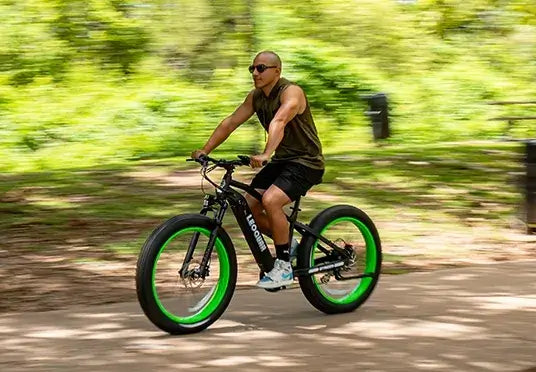
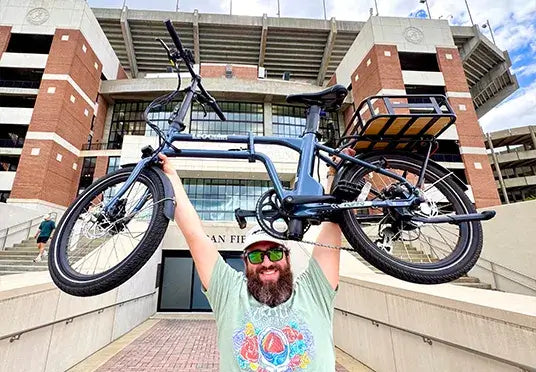
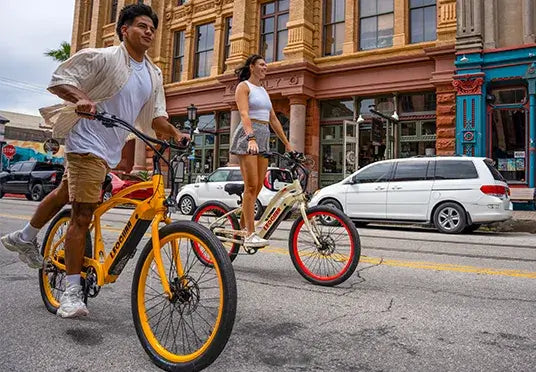
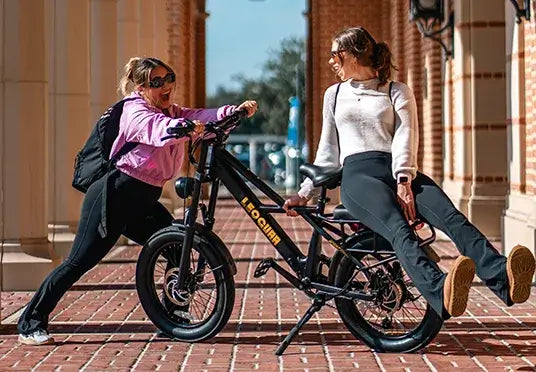
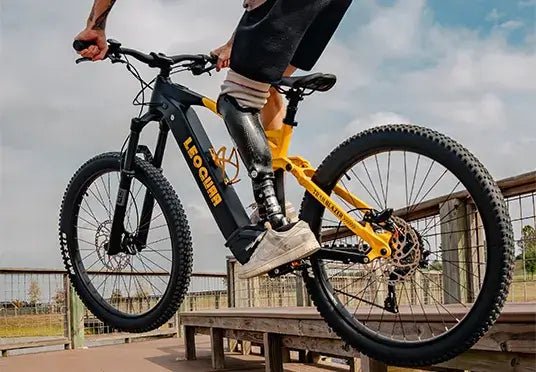

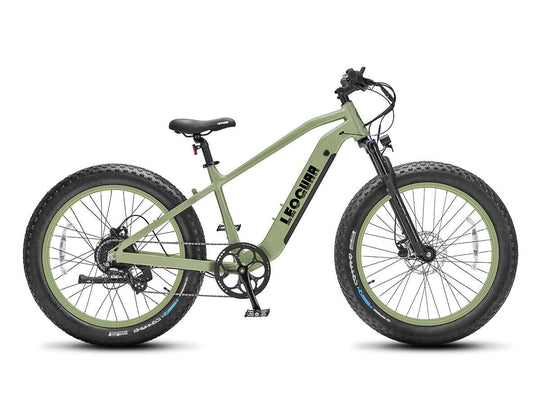
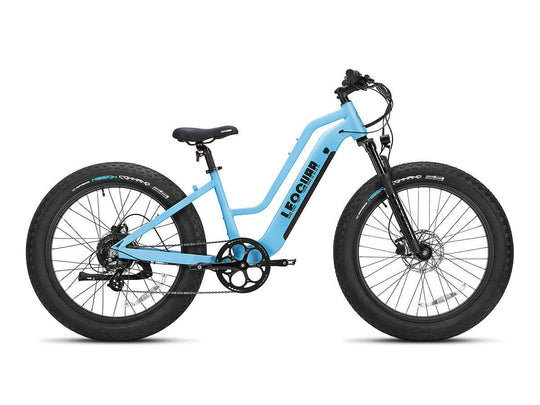
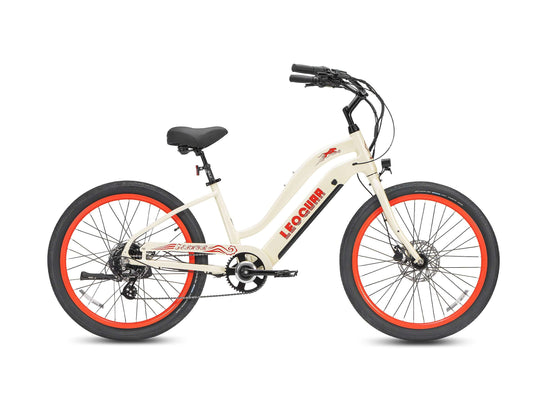
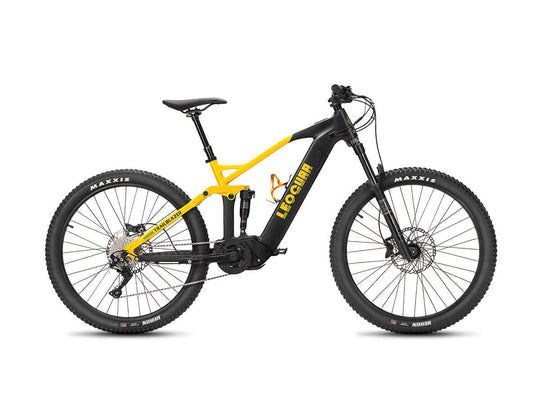

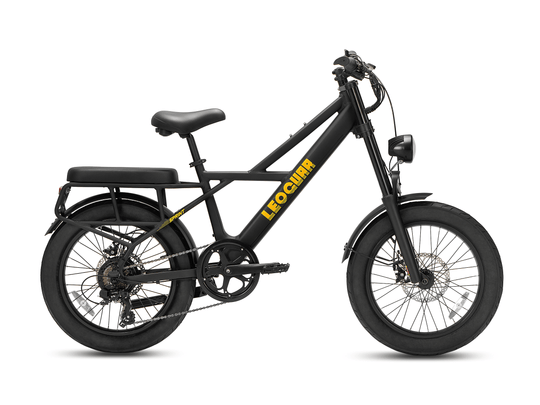
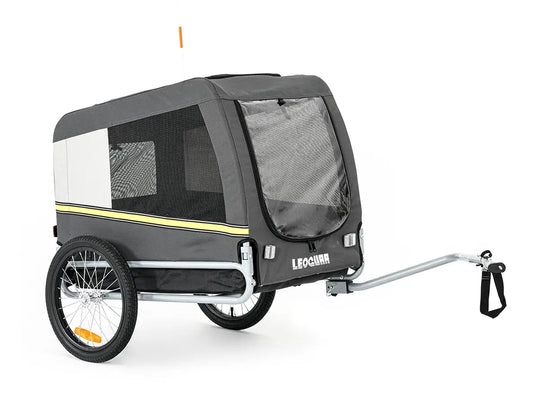
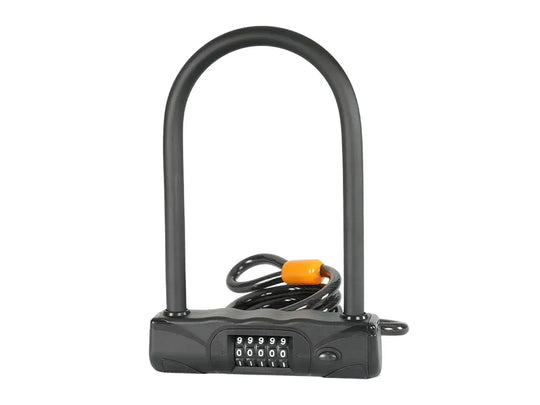

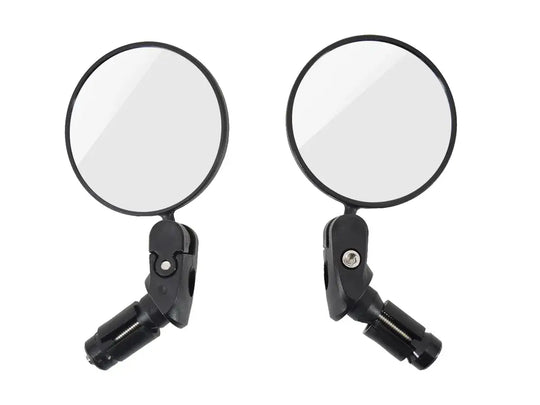
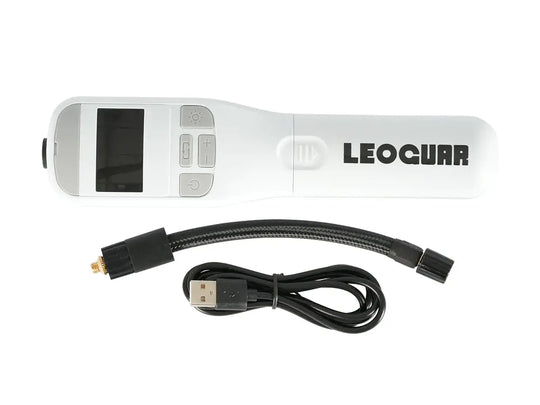
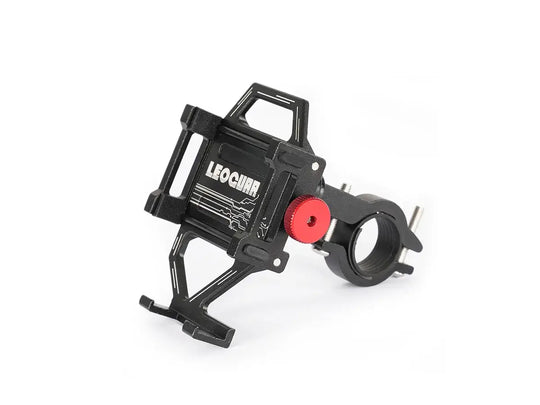
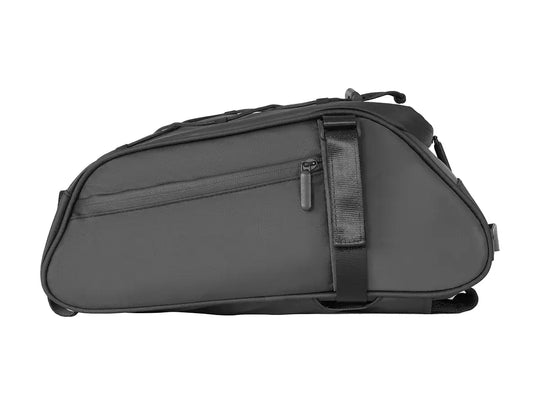
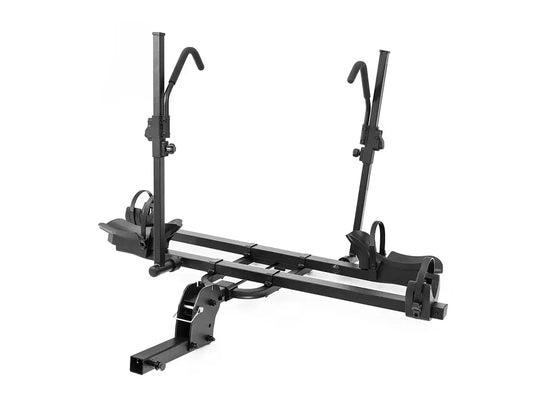
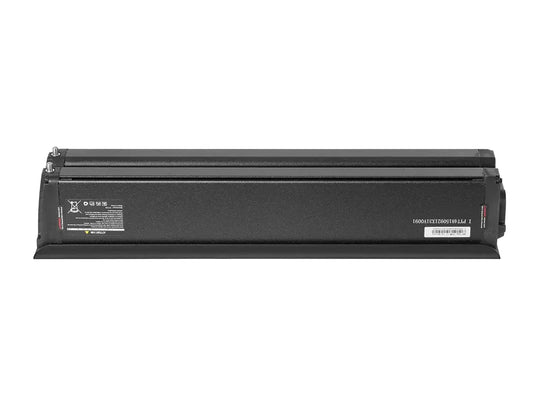

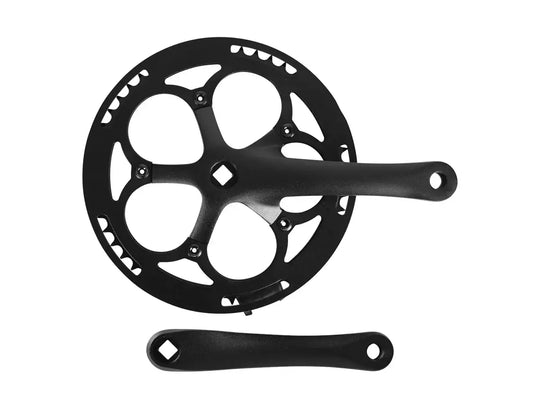
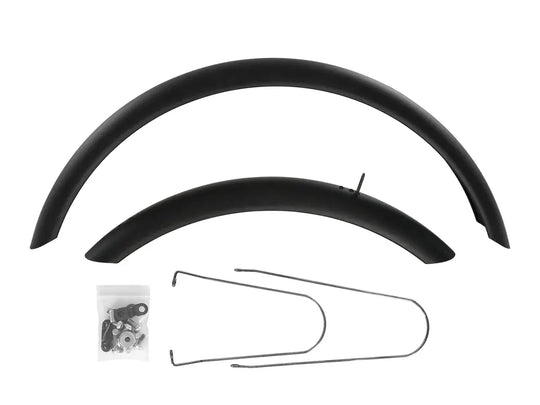
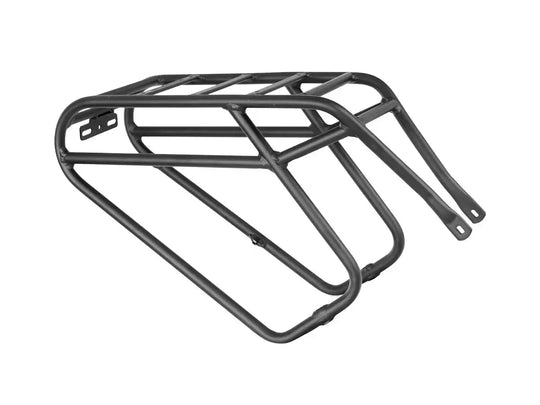
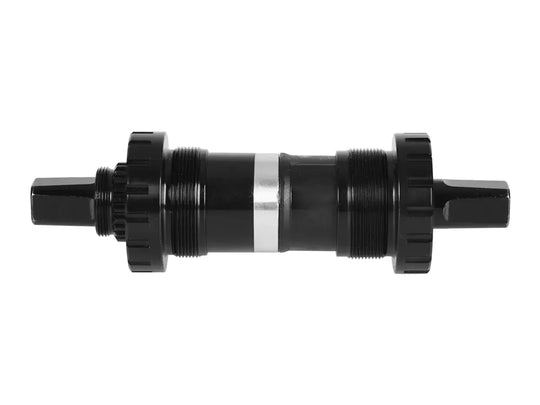
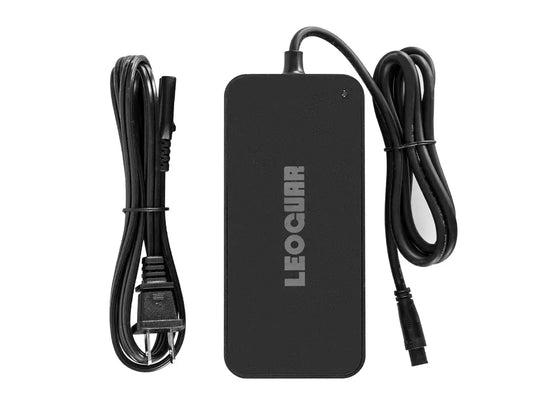
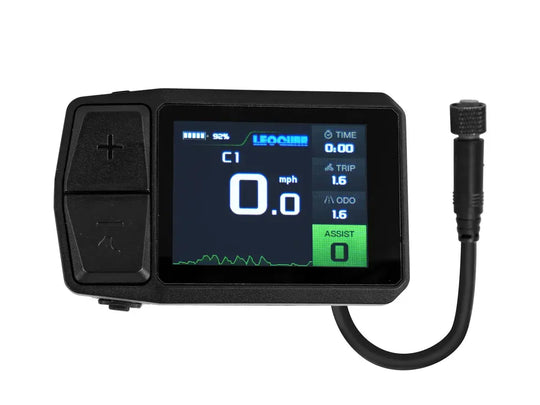








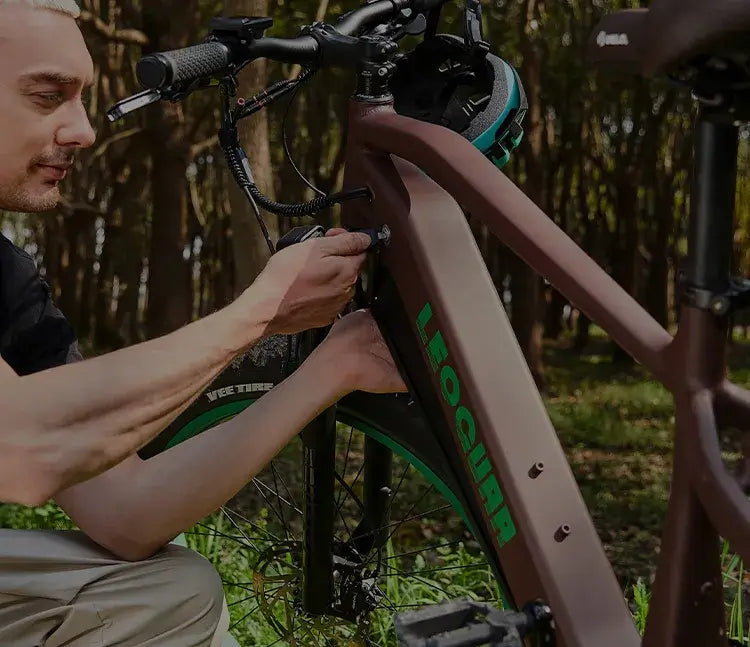
Leave a comment